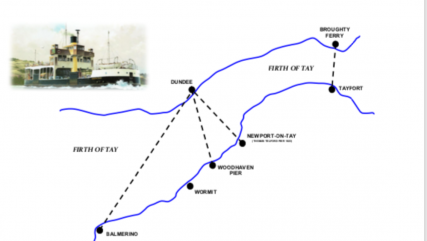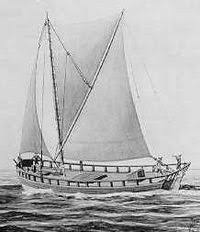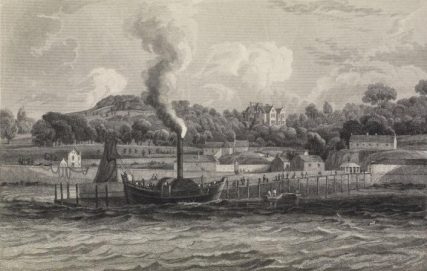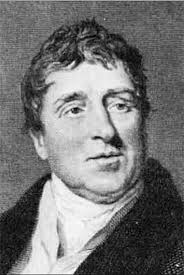Ferries 1: Early Days





Early days
Ferries have crossed the Tay for hundreds of years. In this area there were four main ones – from Balmerino, Woodhaven and Seamills (Newport), all crossing to Dundee, and from Ferryport-on-Craig (Tayport) crossing to Broughty Ferry. There was great competition between them, especially between the ferries at Woodhaven and Seamills, which always tended to be the two most frequently used. Indeed, in earlier times, the service from Woodhaven was the more important and more popular. That would change however in the 1820s. These early ferries were really quite unsatisfactory. They were sailing boats, with possibly as many as 25 boats operating to and fro. They were almost completely unregulated: the fares varied between Newport and Woodhaven and from day to day. There were no set sailing times, and ferries tended to wait until full, meaning lengthy delays for passengers. And they certainly weren’t very safe. The passage was a treacherous one at the best of times, with the boats not perfectly suited to the crossing. The boats were frequently overcrowded and the crewmen not always sober.
Improvements
Following a dreadful accident on the river in 1815 in which 18 lives were lost some attempts were made to regulate the ferries. An Act of Parliament authorised the erection of new piers on both sides of the river, and the procuring of better and safer boats. The Tay Ferry Trustees took over the running of the ferries in 1819 and further improvements followed. The number of operational boats was reduced to eight, and crews were now carefully selected. Regular sailing times were set, and for the first time tickets were issued: a square ticket was issued if sailing from Dundee, and a round one from Newport. The improved conditions inspired a new confidence in the ferries, and traffic rapidly increased.
The Union
Perhaps the greatest improvement however came in 1821 when the first steamship, the Union, was introduced. The Union was a twin, or double-hulled, steamship with the paddle in the middle. To begin with the Union sailed alternately to Woodhaven and to Newport. This however caused great confusion among travellers. In 1822 the Trustees decided that the two crossings were no longer necessary and so the Woodhaven service was discontinued. By this decision Newport’s position as the most important crossing point on the river was therefore assured for the future.
The New Pier
The new thriving service from Newport led to a need for better facilities there, and so invitations were extended to two of the most eminent engineers of the day, Thomas Telford and Robert Stevenson. They were asked to draw up plans for new piers and approaches for the ferry. Telford’s plans were adopted and in 1823 work started on the construction of a new pier and also on new roads to east and west. A new pier was also built at Dundee, (the Craig pier), and the new piers, combined with the improved steamboats, changed the crossing from one of the most dangerous in the country to one of the safest. The old Dundee Guildry pier continued to be used for commercial purposes until World War I, after which it gradually fell into disrepair. The stumps of this old pier can still be seen at low tide, at the bottom of Granary Lane.
Tay Ferries: the Ships
Tay Ferries: On Board the Fifie
Tay Ferries: Last Sailing
Tay Ferries: Life after the Tay
For more images relating to the ferries please search our archive.





No Comments
Add a comment about this page